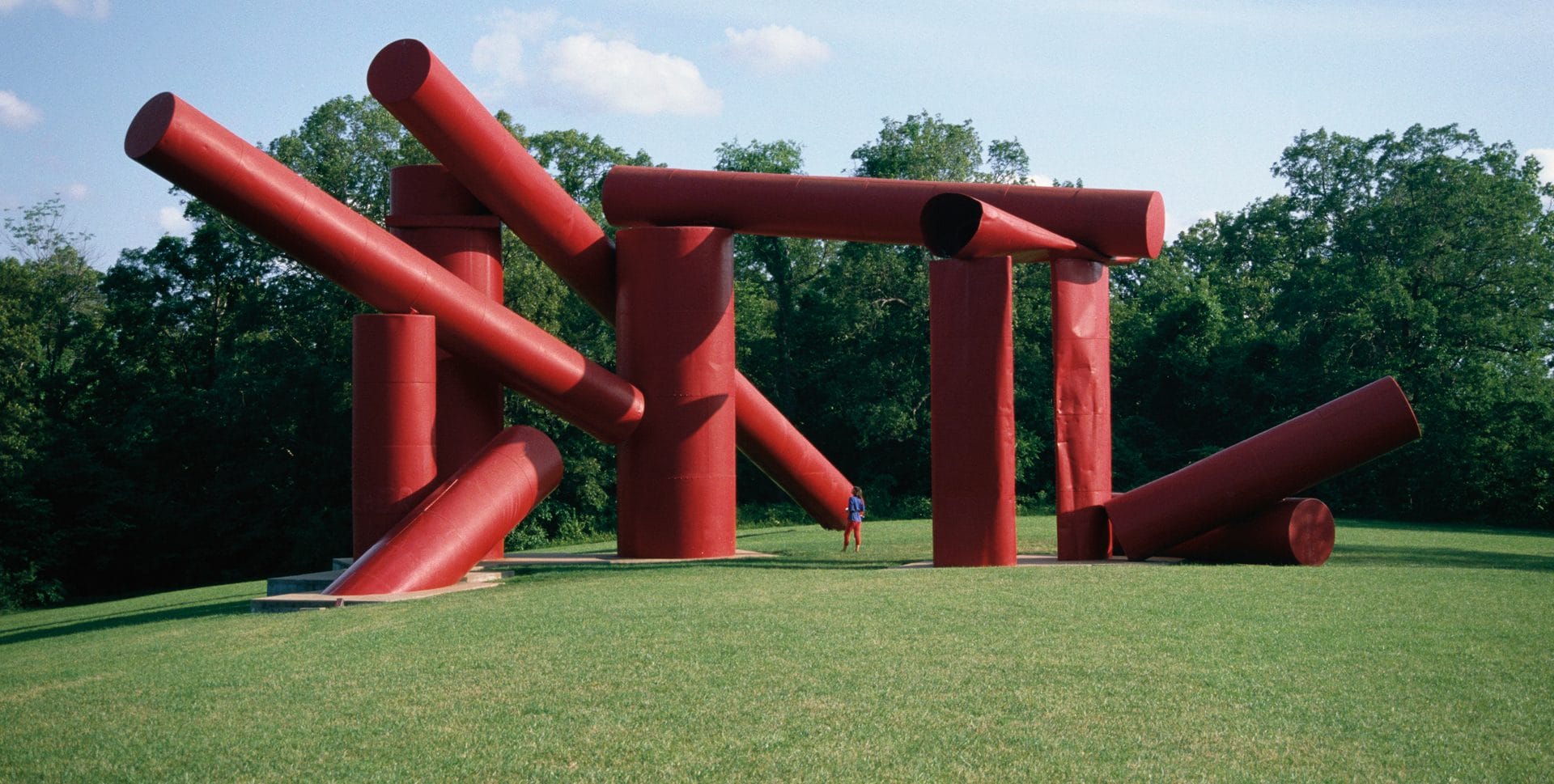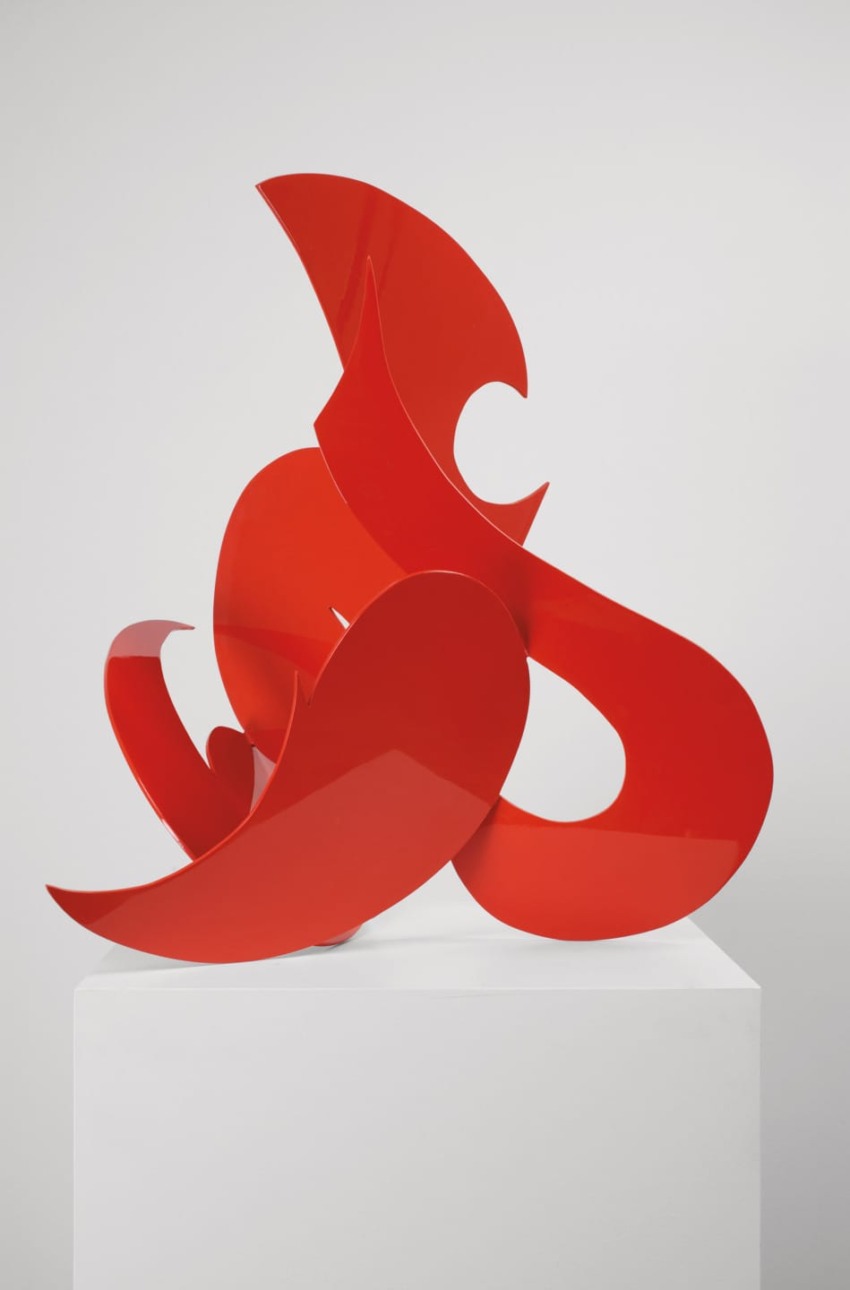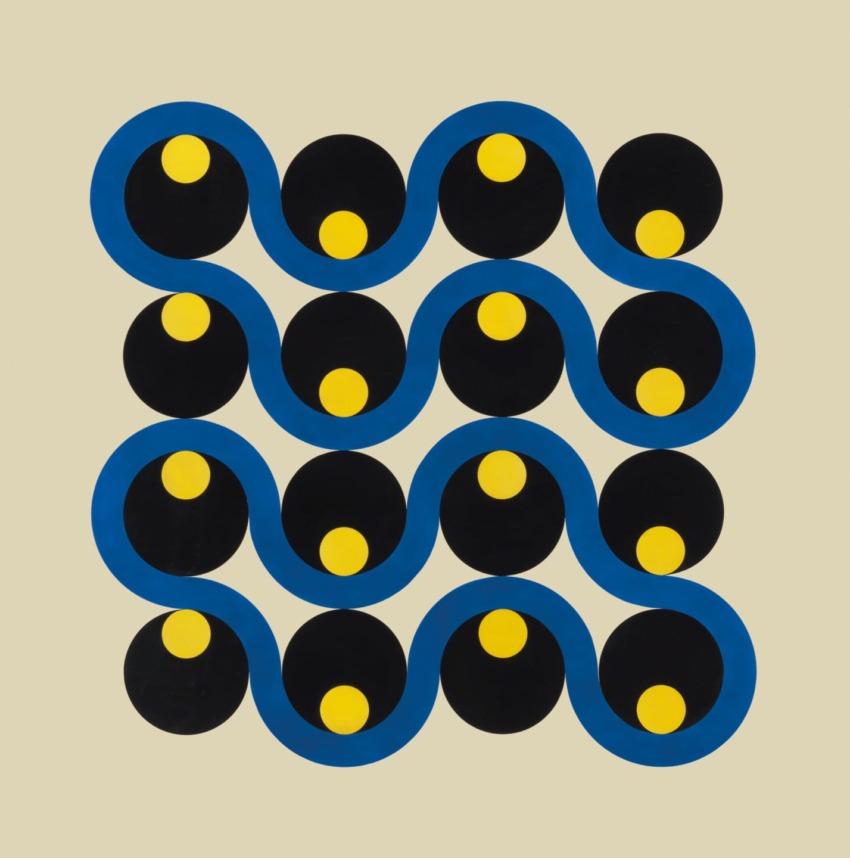The Extraordinary Influence of Alexander Liberman
The artist and editor's large-scale paintings and sculptures earned him a place in some of the most prestigious art museums in the world


The name Alexander Liberman may be synonymous with Condé Nast Publications, but his role as a painter and sculptor of large-scale public works has earned him a place in some of the most prestigious art museums in the world. He left the Soviet Union in 1921 and eventually settled in Paris, where he started his career in magazines, working for various French publications. He arrived in New York in 1941—bringing with him a European sensibility of graphic design and a feeling for Russian Constructivism.
Liberman’s two careers in New York ran parallel to each other—he was named editorial director at Condé Nast in 1962, and his first solo exhibition was in 1960 at the Betty Parsons Gallery in New York. His minimalist paintings are often comprised of circular forms in primary colors and display his knowledge of graphic design. Liberman’s industrial-sized sculptures are almost all in the same cherry-red color and intertwined geometric and organic forms. One of his most notable public commissions was from the architect Philip Johnson, for the 1963 World’s Fair. In both of his careers, he was able to successfully carve himself a memorable place in the landscape of American modernism.
